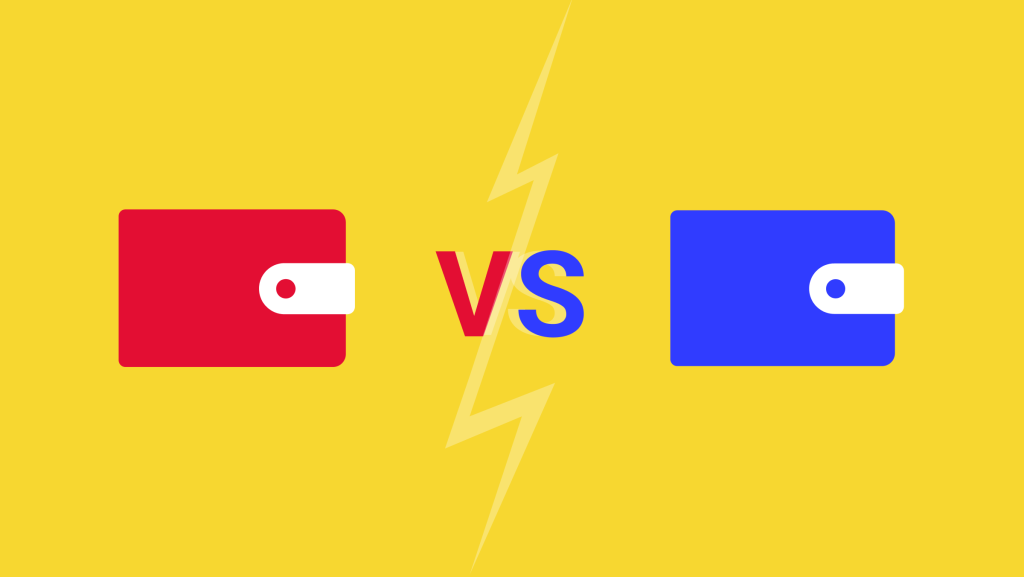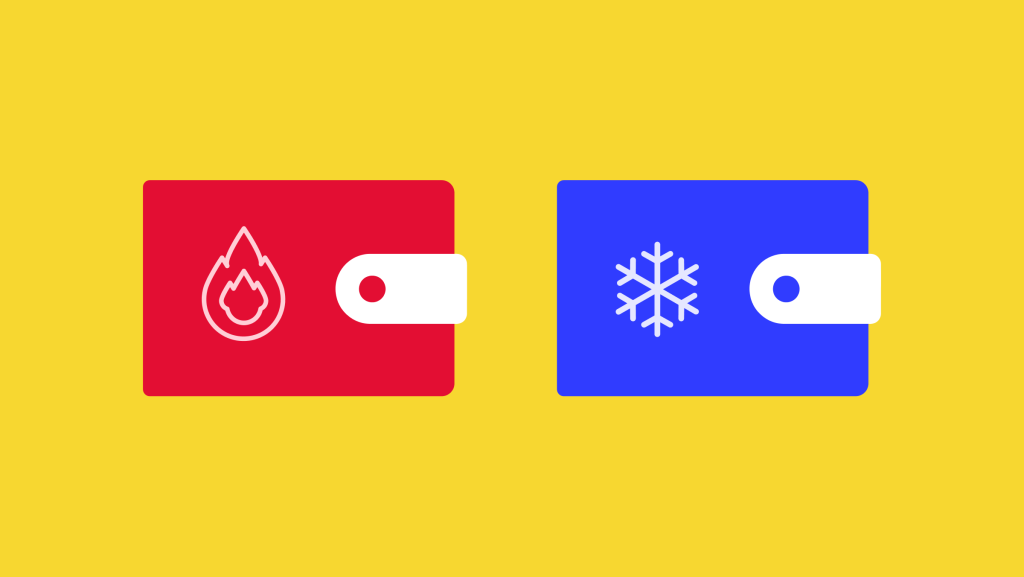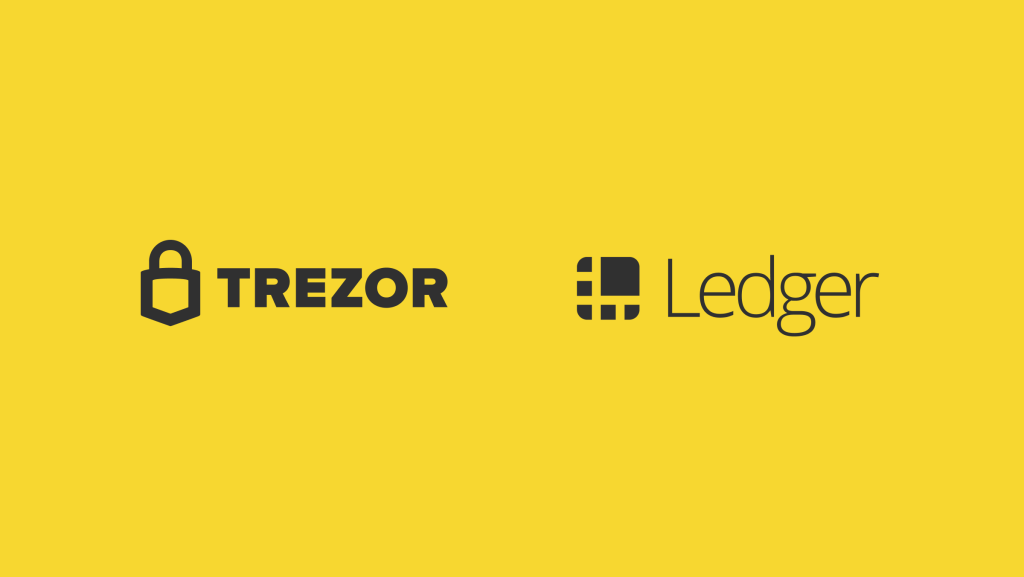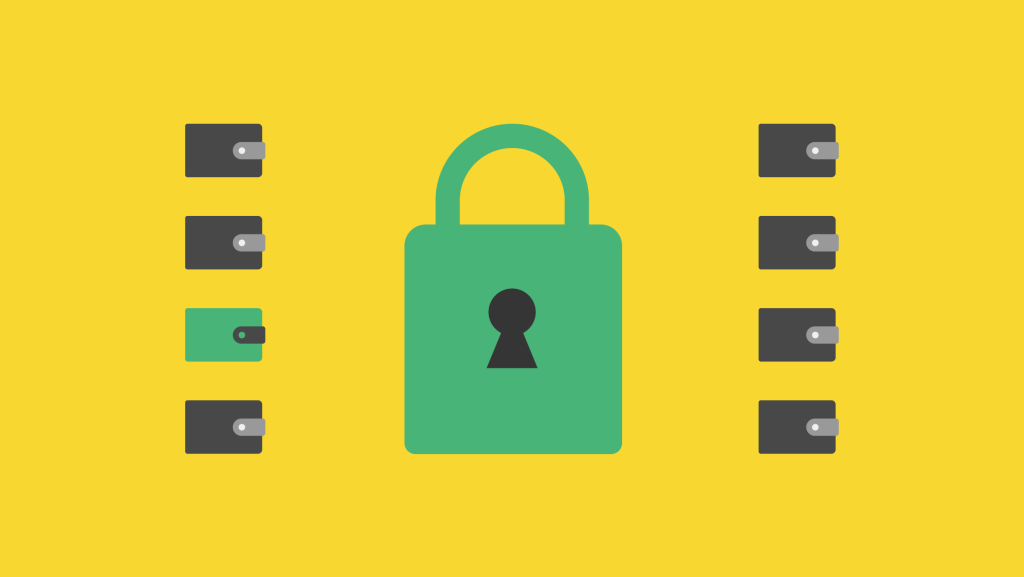The Best Way to Store Crypto: Hot VS Cold Crypto Wallets

People use crypto wallets to keep their coins and other blockchain acquisitions there without withdrawing them to exchanges and to actively use their crypto funds and perform financial operations on a regular basis, i.e. for crypto trading.
Different crypto wallets provide you with different levels of security. Certain wallets allow you to keep multiple cryptocurrencies at once and thus create a diverse crypto investment package while others focus on a single coin. P2B crypto wallet allows you to easily operate with your crypto assets regardless of whether you want to store them or use them for trading.
What do we call a crypto wallet?
A crypto wallet, regardless of whether it’s hot or cold, is a perfect way to handle your cryptocurrency funds and keep them safe using blockchain technology. Each crypto wallet goes by its own unique address or ID code that allows other users and exchanges to withdraw coins there. Cryptocurrency can’t be physically manifested, and the only way you can technically hold it is a device ‒ either a cold crypto wallet or your laptop with a hot wallet opened. It’s not like you can physically steal this money ‒ the blockchain technology that generates cryptocurrency is just a long list of code strings that represents every coin and keeps it secure.
Every crypto wallet has two keys ‒ a public and a private one. The first one is more like the address of your wallet ‒ giving it to other individuals and exchanges you can accept blockchain transactions. A private key is a sequence that opens your wallet and gives you access to it. Usually, even mobile wallets have two and more layers of protection although they’re web or app-based platforms safeguarded with third-party security services.
Unlike regular physical wallets for fiat funds, crypto wallets tend to be more secure ‒ they don’t technically even store your assets, they just create and keep both private and public keys that give access to them. In the meantime, losing a cold bitcoin wallet can be even safer than losing a regular one because no one except you can retrieve access to these funds ‒ you have to use a passphrase or a PIN code to unlock your cold cryptocurrency wallet.

How are cold and hot wallets different?
Only two groups of crypto wallets exist: hot and cold ones depending on their working principle. Let’s see how they are different from each other based on their principles of work and benefits as well as disadvantages.
Hot crypto wallets use an Internet connection to give you access to your reserves. This allows a bit of flexibility in terms of gaining access to your coins whenever you are. The downside is, hot crypto wallets are less secure than cold ones although they use multiple levels of data protection including blockchain technology.
Hot crypto wallets can take the form of desktop and mobile apps, and they also can be accessed through your browser. Exodus wallet and Binance, as well as Blockchain wallets, work just like that. You must have a private key, a password, and a 2FA authentication to log in, and additionally, you can use a passphrase to enter your crypto wallet ‒ especially if you forgot your password or your private key.
Cold crypto wallets basically are physical storages of the code that gives you a permit to your crypto investments. Usually, they take the form of USB flash drives or other gadgets that can be connected to your laptop or computer. You’ll need to log in to get access to the funds, but overall cold wallets are a wise choice if you won’t be traveling ‒ with security protocols in place, it will be really difficult to trade funds in that case. Cold wallets can be either hardware-based like in the example above, or be paper-based ‒ they can take a form of a printed code.
Paper crypto wallets are not that popular because a piece of paper can easily get lost. Another downside of these wallets is time-consuming transactions. So, paper wallets are not that secure and not that easy to use.
The best option is to use different wallets to diversify your crypto assets. You can trade funds with a hot wallet and store some coins with the cold one. This approach will give you flexibility in terms of funds management and secure storage.

Popular hardware wallets
Most popular hardware wallets for crypto are issued by Trezor and Ledger.
Trezor is a SatoshiLabs project developed in the Czech Republic. Trevor represents a cold wallet that supports the storage of multiple currencies. It’s also the first-ever cold bitcoin wallet, presented in 2013. Basically, Trezor wallets are the first ones to both allow you secure storage of blockchain assets while also transferring your funds with ease. Trezor wallet is a small device that connects to your laptop via a USB cable.
With Trezor cold wallet, you can sign transactions and store your Bitcoin as well as other cryptocurrencies and private keys. Every data transfer is secure ‒ even if you connect Trezor to a malware-affected device, it won’t be compromised. Trezor needs a PIN for every operation apart from the recovery phrase you usually use to log in. These devices use BIP39 phrases that can’t be stored or remembered by the device, giving extra hack protection.
The bootloader of this wallet will erase the data stored on the device if the signature is invalid. Wiping device memory will secure your data from fraud. Trezor is built with open-source architecture, providing decentralized security for your funds.
Ledger wallets help you store private keys and work with multiple cryptocurrencies offline, too. You’ll need private keys to operate transactions ‒ unlike the keys that are stored online, these stored with Ledger are hack-proof. Ledger works on new wallet versions non-stop ‒ in 2019 they announced the innovative Ledger Nano X.
These wallets help you store Bitcoin as well as other cryptocurrencies like Ethereum, Ripple, Monero, and other popular altcoins. The device has two-level data protection with two fragments that keep your keys and sign transactions separately from each other. Apart from that, your assets are protected by PINs and passphrases that only you can know. There’s still no case of Ledger wallet hacks.

How to find a secure and safe wallet?
Crypto wallets can either be software-based and give you access through an app or be hardware-based and give you physical cryptocurrency storage. Hot crypto wallets are also named mobile ones as they usually have mobile apps to manage everything, and cold wallets can also be called hardware wallets because they are based on hardware devices that always provide you with extra security methods that keep your blockchain data safe ‒ secured and anonymous.
Mobile crypto wallets are a subgroup of hot storage that usually uses an app to let you access your crypto funds. Exodus wallet and Coinbase wallet are good examples of these apps. Some exchanges provide users with mobile wallets ‒ Binance does it and so will we. Mobile crypto wallets are great if you want to access your funds regardless of where you are. Moreover, these crypto wallets are usually free to use ‒ you only have to pay a fee for every transaction.
The best crypto wallet is the one that fits your requirements for cryptocurrency use. If these requirements include having command over your crypto funds right on your screen, accessible mobile crypto wallets work the best.
A lot of crypto exchanges provide their users with mobile apps that act both like an exchange and a wallet ‒ Binance is a good example of combining these two features in one mobile app. Besides, mobile crypto wallets come in handy if you travel a lot ‒ they go wherever you go. However, if you need extra security, using a mobile (which still counts as a hot) wallet can be replaced or added with a cold hardware crypto wallet.
Hardware-type wallets store access keys on special hardware that doesn’t use an Internet connection, operating fully offline. You can connect that hardware to your personal computer or a laptop and use your personal password. It’s that type of cold crypto wallet that allows you to manage transactions once you’ve connected the device to your laptop and used your security key to log in.
Cold crypto wallets are typically considered more secure than hot ones. This is where you have to choose between these two types:
If you are concerned about keeping track of your cold wallet device or traveling a lot, opening a hot wallet will be your best option. Hot wallets also provide you with a better user experience and a direct connection with crypto exchanges ‒ this way, it will be easier to transfer funds to exchanges and perform trading transactions.
Choosing between a separate wallet and an exchange account, you have to consider the amount of money you store. If you work with small amounts, there’s no problem with keeping your coins on your exchange account. If you invest big numbers (we’re talking about thousands of dollars in crypto), a wallet will bring you an extra security measure.
Choosing a hot Bitcoin wallet can be a useful thought if most of these statements apply to your situation:
- you prefer a good user experience over multiple security levels that take your time and effort to learn about;
- you want a free wallet but still don’t want to keep everything on your exchange account;
- you want easy access from any personal device with a stable Internet connection;
- you share a wallet with your friend, family, or colleagues.
Looking from a different perspective, you might want to choose a cold crypto wallet option (a paper or any hardware wallet) if these statements are more about you:
- you want to store thousands of dollars worth in crypto and you need extra security for these amounts;
- you don’t plan to use your wallet too often or access it anywhere;
- you would rather trust yourself to guard your savings than trust third-party security applications;
- you don’t want to operate trading transactions too often;
- you plan to use it as your savings account where you will only add funds to without withdrawal in the nearest time;
- you are ready to pay for this hardware ‒ it costs a lot but provides you with serious data security;
- you prefer to stay anonymous with your funds without providing an app or web-based coins with any bits of your personal information.
Remember that you are not limited by these two types of wallets. You can reasonably buy a hardware one to keep your cryptocurrency funds safe and invest them from exchanges into it, all while operating a hot crypto wallet to perform regular transactions for trading and other purposes.
In conclusion, it all comes down to your individual experience with blockchain. If your priorities are security and anonymity, that’s great ‒ cold wallets are definitely for you. If you care more about user experience and flexibility in terms of running regular transactions and logging in from any device connected to the Internet, trying out a hot wallet will do it for you.



